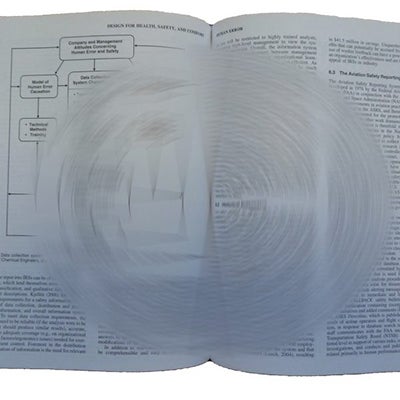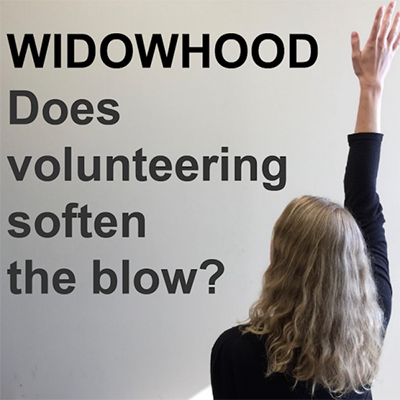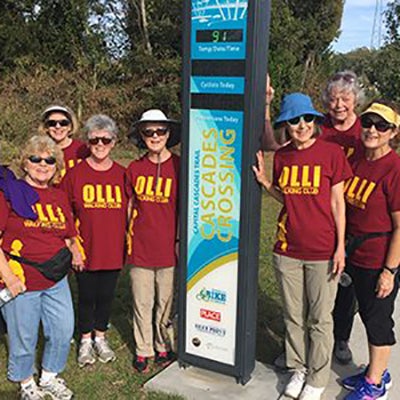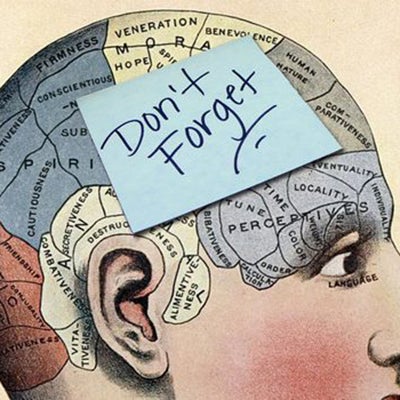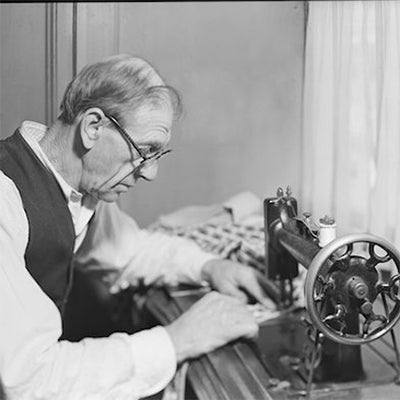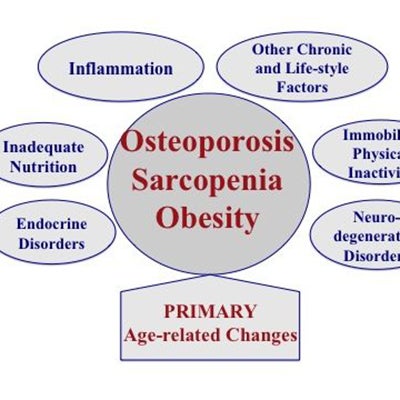The triad of bone, muscle and fat tissue deregulation: Recently, a new syndrome was identified and termed osteosarcopenic obesity (OSO), signifying the impairment of bone, muscle and adipose tissues as an ultimate consequence of aging. OSO may also develop due to the initiating presence of overweight/obesity perpetuated by low-grade chronic inflammation, as well as to inadequate diet and lifestyle.
Blog
There is an interesting development in terms of older adult participation in the paid labor force — people are working longer, reversing a decades-long trend toward earlier retirement.
We all often blank on an acquaintance’s name or forget a phone number that we’ve just checked. When we’re young, we don’t pay much attention to these memory failures, but as we grow older, we become concerned more about what they mean. According to a new national survey (West Health Institute/NORC Survey on Aging on America: http://www.westhealth.org/press-release/worries-about-aging-loom-large-for-americans-over-30-survey-finds/), memory loss is one of the leading concern for 60+ Americans.
Florida State University was recently awarded the designation of being an Age-Friendly University. The age-friendly university initiative is an international effort, started in Ireland by Dublin City University, and it fits nicely with initiatives such as WHO’s age-friendly city and community effort, being spearheaded locally by Sheila Salyer and the Tallahassee Senior Center. These initiatives represent grassroots efforts to address the challenges of an aging society.
When I was in college, my mother died during my junior year following a two-year struggle with cancer. As difficult as it was for me to lose her, my dad was in his early 50s and had to face changes in his life that were well beyond my comprehension as a 21-year-old. My mom and dad had been married 31 years when my mom died, and they had been together since the eighth grade. It’s hard to believe anyone could recover from something like that. And the truth is, not everyone fully adjusts to widowhood. So, why do some people do better than others?
When the Soviet Union launched the Sputnik satellite on October 4, 1957, it did more than trigger the Space Race — it also laid the foundation for today’s telehealth, the remote provision of health care and education via communications technology.
The progress of technology in leaps and bounds has resulted in the generation of an enormous amount of digital data in the modern era. Against this backdrop, artificial intelligence (AI) has emerged as a useful mechanism to automatically organize and categorize data and to leverage useful patterns in the data to make intelligent predictions for the future from past observations.
Long term care for impaired younger and older adults has been a major part of the nation’s health care system for several decades, but until now it has not received much attention from the media or policymakers. With the projected doubling of the 70+ population over the next thirty years, however, it is being looked at with renewed interest.
Nursing home quality of care is a chronic problem the country over. Nearly 95 percent of nursing homes flunk one or more quality measures on regulatory surveys. A quarter of homes have problems that threaten patients’ lives. Regulators strive to pull laggards up to the minimal standards required to keep licensure and certifications, but they can go only so far. A small group of facilities is always at the bottom. Nothing seems to move them up.
Despite significant improvements over the past quarter century, problems persist in nursing home quality of care and quality of life in nursing homes. They persist despite an atmosphere of extensive regulation and litigation. The Culture Change Movement is an attempt to improve quality of life by making nursing homes less institutional and more homelike. The movement officially originated in 1997, has been spearheaded by the Pioneer Network, and is currently embodied in such projects as the Eden Alternative, Wellspring Program, Green House Project, and Advancing Excellence in America’s Nursing Homes campaign.
Learning to read and write again after stroke
After experiencing a stroke on the left side of the brain, many people will acquire aphasia. Aphasia is a language disorder that affects a person’s ability to talk, understand others, read, and write. It does not, however, affect a person’s intelligence. There are approximately 2 million Americans currently living with aphasia in the United States.
Using Artificial Intelligence to help older adults and others
The progress of technology in leaps and bounds has resulted in the generation of an enormous amount of digital data in the modern era. Against this backdrop, artificial intelligence (AI) has emerged as a useful mechanism to automatically organize and categorize data and to leverage useful patterns in the data to make intelligent predictions for the future from past observations.
WIDOWHOOD
When I was in college, my mother died during my junior year following a two-year struggle with cancer. As difficult as it was for me to lose her, my dad was in his early 50s and had to face changes in his life that were well beyond my comprehension as a 21-year-old. My mom and dad had been married 31 years when my mom died, and they had been together since the eighth grade. It’s hard to believe anyone could recover from something like that. And the truth is, not everyone fully adjusts to widowhood. So, why do some people do better than others?
FSU, an Age-Friendly University
Florida State University was recently awarded the designation of being an Age-Friendly University. The age-friendly university initiative is an international effort, started in Ireland by Dublin City University, and it fits nicely with initiatives such as WHO’s age-friendly city and community effort, being spearheaded locally by Sheila Salyer and the Tallahassee Senior Center. These initiatives represent grassroots efforts to address the challenges of an aging society.
Increase in memory complaints in older adults: Does it reflect age-related memory decline and/or something else?
We all often blank on an acquaintance’s name or forget a phone number that we’ve just checked. When we’re young, we don’t pay much attention to these memory failures, but as we grow older, we become concerned more about what they mean. According to a new national survey (West Health Institute/NORC Survey on Aging on America: http://www.westhealth.org/press-release/worries-about-aging-loom-large-for-americans-over-30-survey-finds/), memory loss is one of the leading concern for 60+ Americans.
Longer working years?
There is an interesting development in terms of older adult participation in the paid labor force — people are working longer, reversing a decades-long trend toward earlier retirement.
Osteosarcopenic obesity as a new syndrome in elderly: What are the prevention and management challenges?
The triad of bone, muscle and fat tissue deregulation: Recently, a new syndrome was identified and termed osteosarcopenic obesity (OSO), signifying the impairment of bone, muscle and adipose tissues as an ultimate consequence of aging. OSO may also develop due to the initiating presence of overweight/obesity perpetuated by low-grade chronic inflammation, as well as to inadequate diet and lifestyle.
Can Telehealth contribute to successful longevity?
When the Soviet Union launched the Sputnik satellite on October 4, 1957, it did more than trigger the Space Race — it also laid the foundation for today’s telehealth, the remote provision of health care and education via communications technology.
Long Term Care in the U.S.: From Community to Corporate Control
Long term care for impaired younger and older adults has been a major part of the nation’s health care system for several decades, but until now it has not received much attention from the media or policymakers. With the projected doubling of the 70+ population over the next thirty years, however, it is being looked at with renewed interest.
Pay for Performance: Can it Help Improve Nursing Home Care?
Nursing home quality of care is a chronic problem the country over. Nearly 95 percent of nursing homes flunk one or more quality measures on regulatory surveys. A quarter of homes have problems that threaten patients’ lives. Regulators strive to pull laggards up to the minimal standards required to keep licensure and certifications, but they can go only so far. A small group of facilities is always at the bottom. Nothing seems to move them up.


